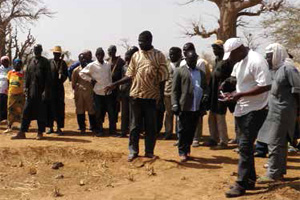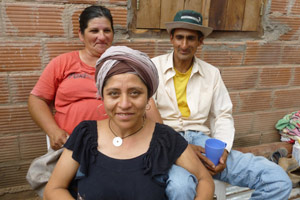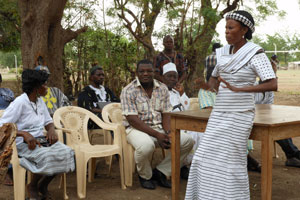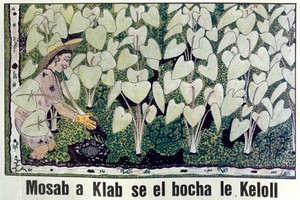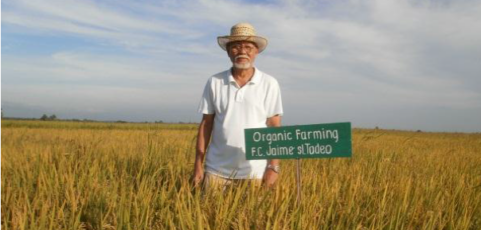In August 2012, the Seidu family had to cope with the bad harvest. Like many farming families in northern Ghana, they had to adopt the ‘one-zero-one’ strategy for the children and the ‘zero-zero-one’ strategy for themselves. ‘One’ represents a meal, ‘zero’ is no meal. So during the lean season, their four children had breakfast in the morning, nothing at midday, and a meal in the evening.
Home nurseries: Viable businesses with environmental awareness
Butana is a dry plateau in northern Sudan, east of the river Nile. Covering 65,000 square kilometres, less than 10% can be described as ‘woodland’ in the vaguest sense of the word, and even these trees are disappearing rapidly. The Butana Integrated Rural Development Project began in 2008 with the aim of supporting the livelihoods of poor family farmers by strengthening their resilience in the face of recurrent droughts. And improving tree cover was a key means of achieving this.
“We are a political and economic force”
About 23 years ago, in Santiago del Estero, a province in the north of Argentina, the Peasant Movement of Santiago del Estero Via Campesina (MOCASE -VC) was established. One of its leaders is Deo Sumaj, an impressive peasant woman of the Vilela indigenous people. “Peasant family farming could provide many answers to the crises that humanity faces.”
Food fairs revive local food and nutrition
Food fairs are an important tool and space to promote food sovereignty as they take place in local public spaces and within people’s own socio-cultural settings. One excellent example was a food fair in Ghana, organised by the Centre for Indigenous Knowledge and Organisational Development (CIKOD). Women farmers exhibited traditional crops and foods, emphasising their importance for local and national food and nutrition security. The fair reminded community and political leaders of the value of neglected traditional foods. Some years later, it can be seen how this and subsequent food fairs helped to ensure the improved integration of traditional foods and agroecological farming into national food security plans.
The Mother of Our Breath
Women have been the nurturers of the family and providers of food on land, while men have been providers from the sea. Children are expected to help their parents and other elders in their different tasks. This is the story of the Paulauan traditional family farming system in the western most regions of the Caroline Islands in the Republic of Palau.
Guinea pigs – small livestock with big potential
The right to food sovereignty is a part of the Plurinational State of Bolivia’s constitution, but what does this actually mean for family farmers? The truth is that many people in rural areas are far from having access to adequate food and nutrition, with 37% of children under five reported to be suffering from stunting caused by malnutrition. Amongst the institutions and initiatives that aim to improve food security and sovereignty, the cuy (or guinea pig) project stands out for the inroads it has made towards improving food and nutrition at the family level.
Youth and agriculture: German youth struggle for land
‘Land grabbing’ has grabbed people’s attention in recent years, but this phenomenon is not restricted to developing countries. In the heart of Europe, young German farmers like Paula Giola are also struggling to retain and regain access to farmland.
Agro-ecology: beyond food
Some may view indigenous communities as being conservative and backwards. However, the Kabekwa in Costa Rica show that such communities can be adaptable and innovative. Read more
Organic farming at the Center stage in South East Asia
In a first part, this publication gives technical feedbacks and analysis on Sustainable Rice Based Farming Systems in the Philippines. The book concludes that Organic farming is undeniably, one of the best broad-based development strategies that can be employed to revitalize the agriculture sector. Read more
Seeking convergence on agroecology- a conference impression
Whoever thought that agroecology is only gaining momentum as an agricultural practice, science and movement in Latin America, is wrong. A two day conference in June 2013 clearly depicted the richness of agroecology in Europe- as well as the challenges and opportunities. Read more

